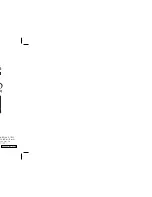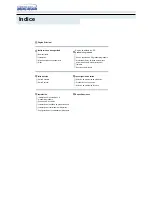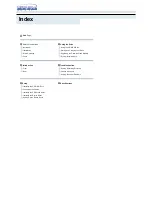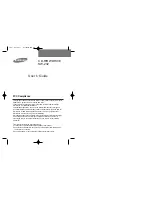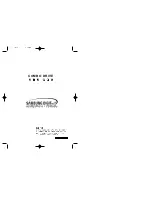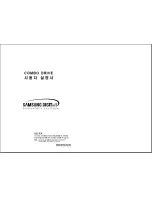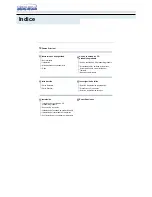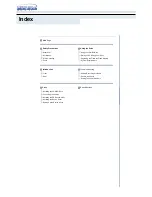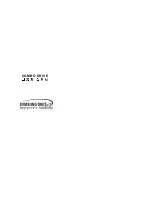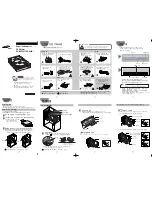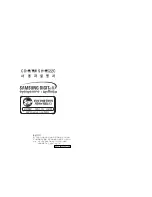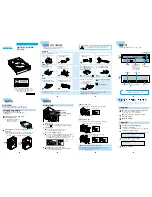
Chapter 3
– Influence of the motor cable length
3-1
Chapter 3
– Influence of the Motor Cable Length
Shielded motor cables have quite a high cable capacity towards ground, which increases linearly as
cable length increases. A typical rule-of-thumb figure is 200 pF per meter of cable. But these
figures vary among different types of cables and are also dependent on the current-carrying
capacity. Long motor cables can give rise to the following:
Frequency inverter and servo amplifiers give a pulse-width-modulated square-wave output
voltage with quite steep slopes, which causes high reverse-charging currents in the cable
capacities towards ground. This reverse-charging current must be additionally supplied by the
device. Unwanted switch-off due to overload may occur.
Long motor cables produce more line-conducted interference.
Long motor cables lead to the triggering of a ground fault monitoring device that may be
present.
Long motor cables lead to thermal overload of the line filter due to the higher line-conducted
interference.
If a motor choke of appropriate size is used, you have the following advantages:
It can counteract unwanted shut-off due to overload, described above.
The thermal load on the EMC line filter is reduced.
In multiple motor applications, i.e., a frequency inverter feeds several motors connected in parallel,
you should try to minimize the effective cable capacity and/or the effective length of the shielded
cable. You can achieve this by creating a neutral cross-connecting point from which you can
supply all motors.
See to it that the shielding is maintained over the entire length of the cable, if possible, or is only
very briefly interrupted. It is better to install this neutral cross-connecting point in a metal housing
with as much HF damping as possible. The shield connection from/to the metal housing should
again be made with the smallest possible HF impedance, as already described.























